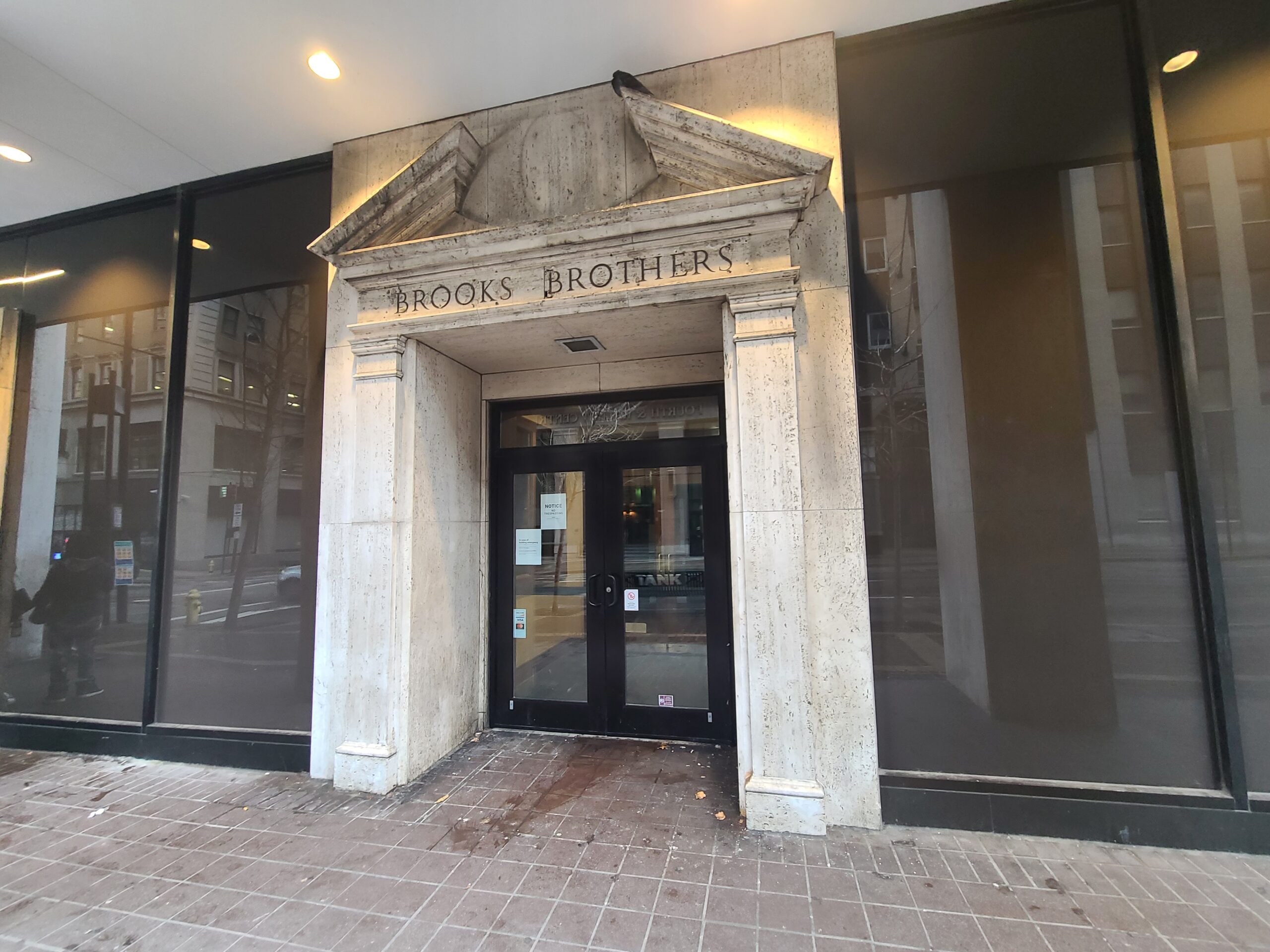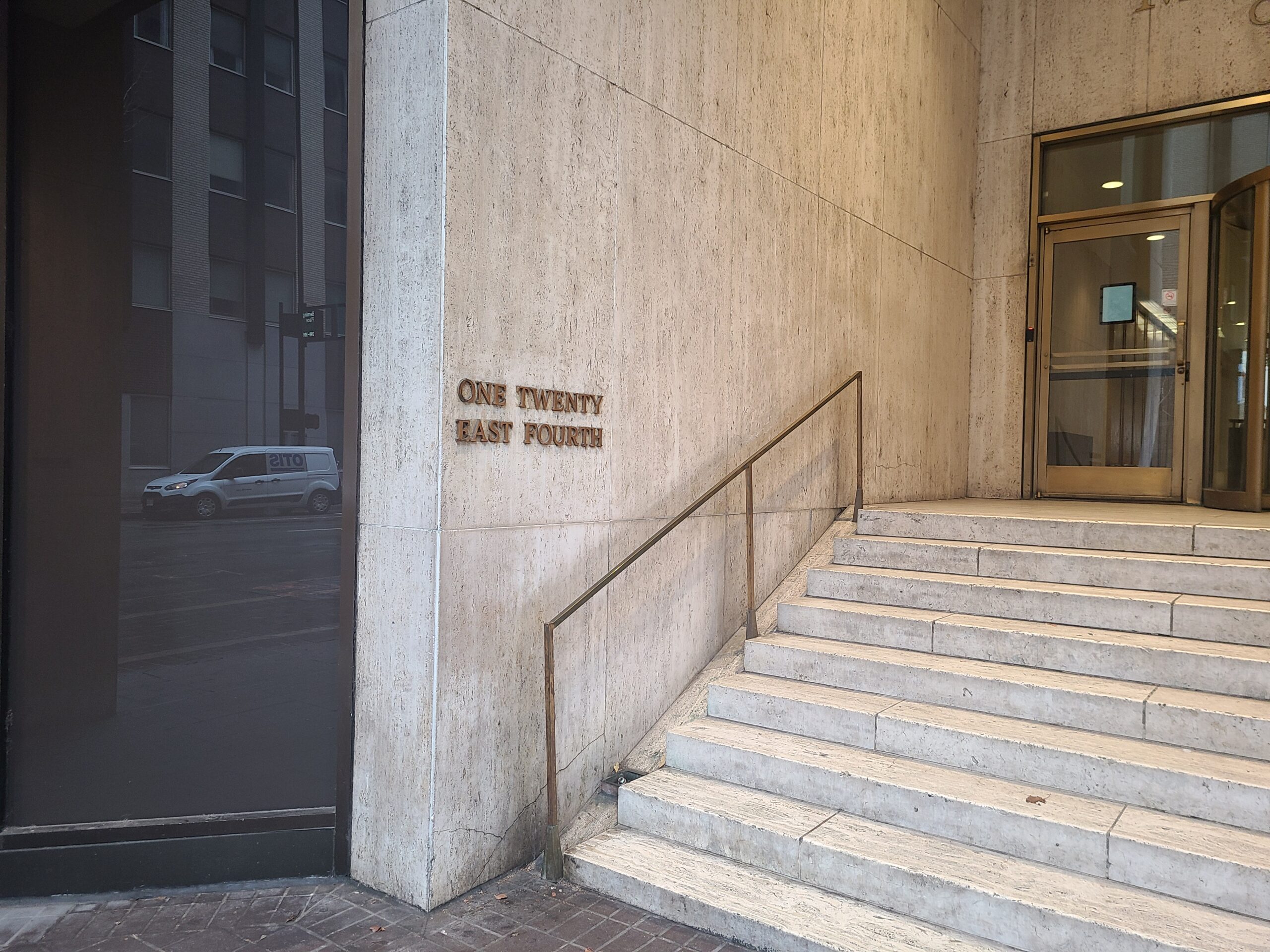Conservation Easement
Historical Building Projects
Discover The Barn Group (TBG): Champions of Time’s Treasures. Steeped in legacy, we stand as sentinels of certified historic structures and cultural landmarks. Through conservation easements and meticulous Baseline Documentation Reports (BDR), we crystallize history’s essence for generations ahead. Embrace a journey that echoes with heritage, where our commitment to the past fuels a sustainable future. Step into TBG – where the past shapes tomorrow, and legacy finds its home.




What is a Historical Easement?
Similar to conservation easements, preservation and conservation easements can be placed on the façade of a historic building to ensure the property is forever preserved in its current state. When a building is placed within a conservation or preservation easement, some rights of the property owner are relinquished. Landowners continue to have control over most aspects of the property. Rights and restrictions are laid out in the conservation easement which is recorded and becomes part of the deed to the property. The property can still be bought and sold; however, all future owners will be bound by the easement’s terms. The donation of a preservation and conservation easement to TBG may significantly reduce federal and state income, estate, and inheritance taxes.
The Barn Group Services
There are two types of historic easements. Buildings can be put under a conservation easement that protects the façade. Historic lands can also be put under conservation easements to uphold the historic values of the property. Under a historic conservation easement, the property can be sold, leased, and bequeathed to heirs. In many cases, the rights to subdivide and develop a property are limited or extinguished by a conservation easement, as are other potentially harmful rights. The landowner continues to own the building that is subject to the conservation easement, while the Land Trust is charged with monitoring the property to make sure its resources are being protected and that the terms of the easement aren’t being violated.
